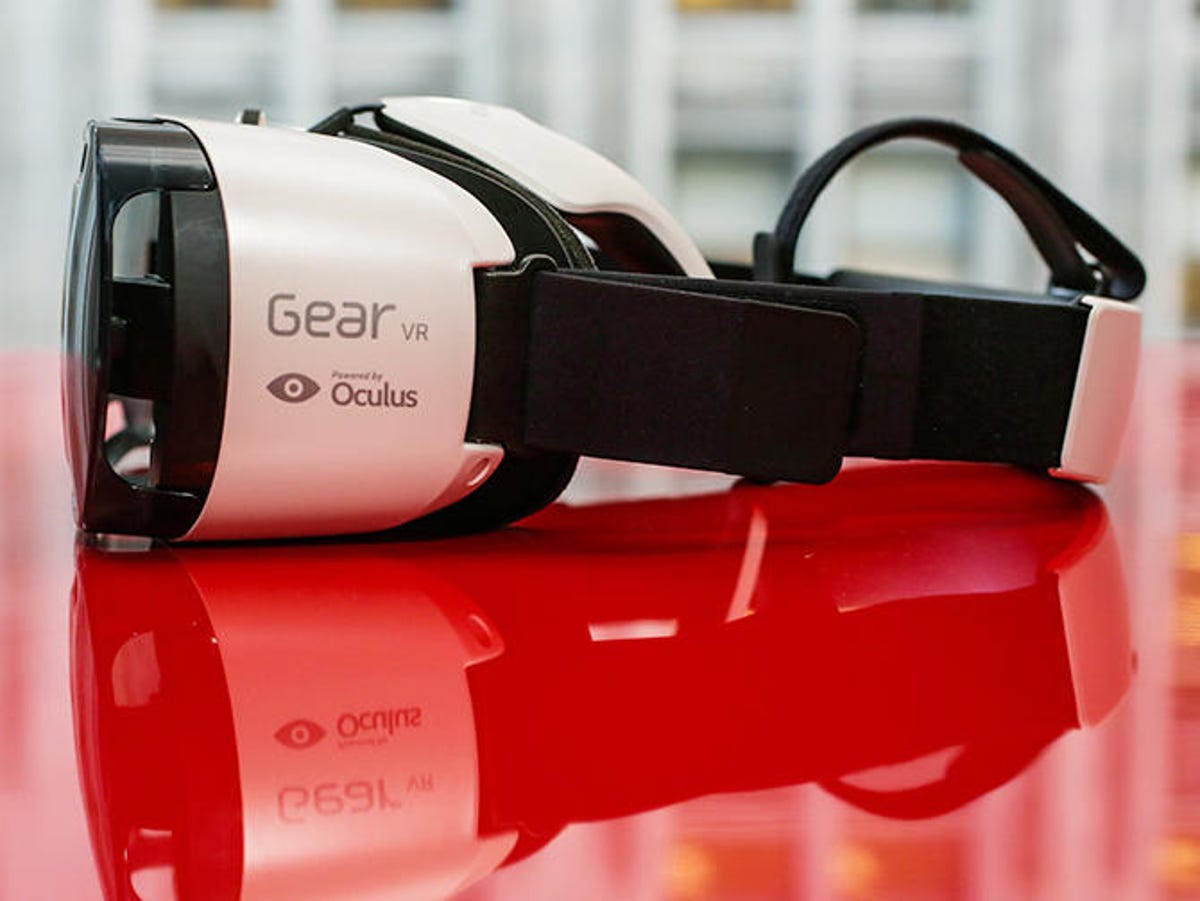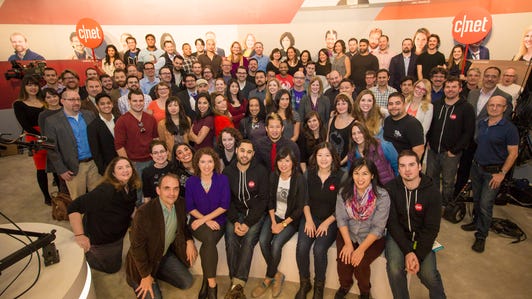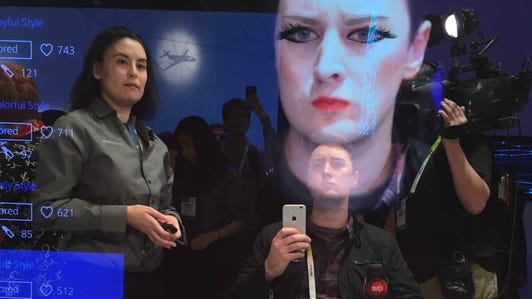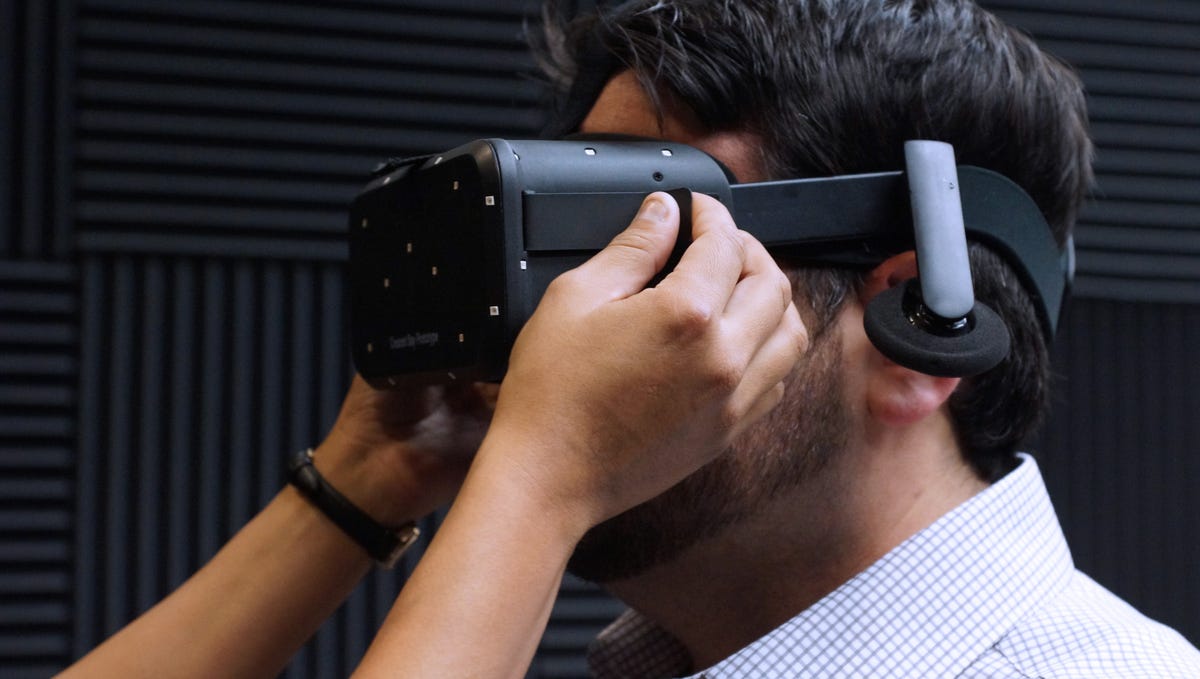Google Glass has gone into hiding, but headsets aren’t going away. CES, this year, was full of them. Google Glass-alikes, augmented reality, virtual reality and plain old over-the-head movie-watching goggles were lurking throughout the show.
Virtual reality, however, has become the eye-catching showstopper. Largely, thanks to Oculus. Its headsets were everywhere in Las Vegas: not just at its own massive booth — the first time Oculus even had a CES booth, instead of just a hidden hotel suite — but all over the convention, running specific demos or purpose-built experiences. For that reason alone, virtual reality feels like the front-runner in the new Future of Headsets. But there’s another reason: really good, immersive augmented reality feels even harder to achieve.
It’s getting tantalizingly close. One evening, I sat up in my room with a Gear VR headset on. I was in an aquarium. I fell asleep in a chair, in VR. I woke up and saw fish around me. I couldn’t grab them. I could just turn my head. I pulled off the headset. It felt good, but it’s clearly not all the way there yet. I wanted to reach out, to touch things. I wanted to go deeper. And my eyes hurt, after a while. I could see the pixels in front of me, if I stopped to focus on them.


Sarah Tew/CNET
On one of the last days of CES, I ran into Brendan Iribe, the CEO of Oculus. He was about to head into another demo; I had tried out Crescent Bay , the latest prototype, two days earlier. I discussed how amazed I was, moving around things virtually, but he was proudest of the latest build’s achievements in 3D audio. He said it was harder to appreciate, but positional, truly virtual 3D audio was as monumental to him as the visuals. The goal of VR, at this point, is to hone both senses to the fullest.
But what about the other senses? Touch, in particular? Iribe said that’s still a while off. As he described it, VR is like space: you can maybe “feel” something with force feedback, but the actual weight of heft of objects isn’t possible yet. It might not be for a while. Picking the right inputs for a virtual world will be the biggest of the next hurdles. Oculus’ acquisition of NimbleVR suggests that hand-sensing tools may be a big part of it, but there’s room for more traditional controllers: from the motion-sensing PlayStation Move wands that Project Morpheus leans on, to straight-up normal Bluetooth game controllers that Samsung Gear VR uses for some of its apps.
The bizarre things CES 2015 drove our reporters to do (pictures)






+10 more
The most amazing virtual reality experience I tried this year — that Oculus Crescent Bay demo — was a fixed demo, a passive experience. It was an undeniably mesmerizing demonstration of how virtual reality technology is evolving, but my movement in a small padded room was full of limitations. I felt a cable on the top of my head tethering me, and I got tangled in it occasionally. I had no input device. I couldn’t grab anything. I was a virtual ghost.


Nick Statt/CNET
Samsung and Oculus have both suggested that VR is still several years away from reaching a point of true consumer-ready status. There are plenty of reasons, many of which I’ve already outlined. VR needs great apps. VR needs better hardware and inputs. VR needs better displays. And, VR needs some level of cross-compatibility across ecosystems. Maybe not an “open-source” world like OSVR quite yet, but a way for experiences and games to work across several different platforms.
Oculus seemed a bit baffled by what Razer and OSVR are trying to accomplish at the moment: the OSVR movement is aimed at being open source now and building standards, which according to Iribe and Oculus’ VP of Product Nate Mitchell might be premature. But, as Mitchell said, all VR efforts help gain further acceptance. Razer’s co-founder and CEO, Min-Liang Tan, has attempted to push up against the boundaries of what virtual-reality systems can connect with by becoming part of the first concerted effort at an open-source virtual-reality consortium, teaming with other providers of hardware. That type of plug-and-play cyberpunk style of VR needs to happen eventually, but it’s not really here yet unless you know how to build it yourself.


Now playing:
Watch this:
CNET’s Next Big Thing explores New Realities at CES
52:08
In 2015, virtual reality is just getting started. The Sundance Film Festival will be showcasing VR films as a means of jumpstarting new forms of expression. The Game Developers Conference in San Francisco, where Project Morpheus and the Oculus Rift both were major presences last year, is bound to be a place where more surprises await. Will Samsung announce more phones that work with the Gear VR platform at Mobile World Congress in Barcelona? It feels inevitable. Will Google follow up on last year’s Cardboard surprise and unveil other virtual-reality initiatives at its developer conference in June? Now that Facebook owns Oculus, I’d say most definitely, as recent updates suggest.
But, the real goal of virtual reality is to become as compelling, as real, as life itself. Visions of a holodeck, an immersive place of true telepresence of the type we’ve been dreaming of since Neal Stephenson’s “Snow Crash,” or the parallel reality explored in William Gibson’s novel “The Peripheral,”are still far from being here yet. Closer than ever, but not close enough to feel like more than an ongoing experiment. Yet.
Even if 2015 turns out to be the Year of VR, I wouldn’t expect it to be perfect for a long while. But if what we’ve seen so far is any indication, the journey along the way will be amazing to experience.



